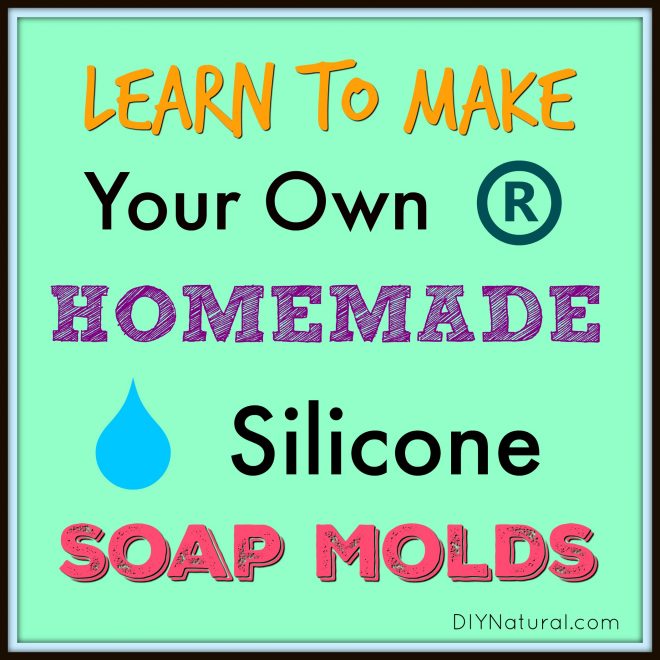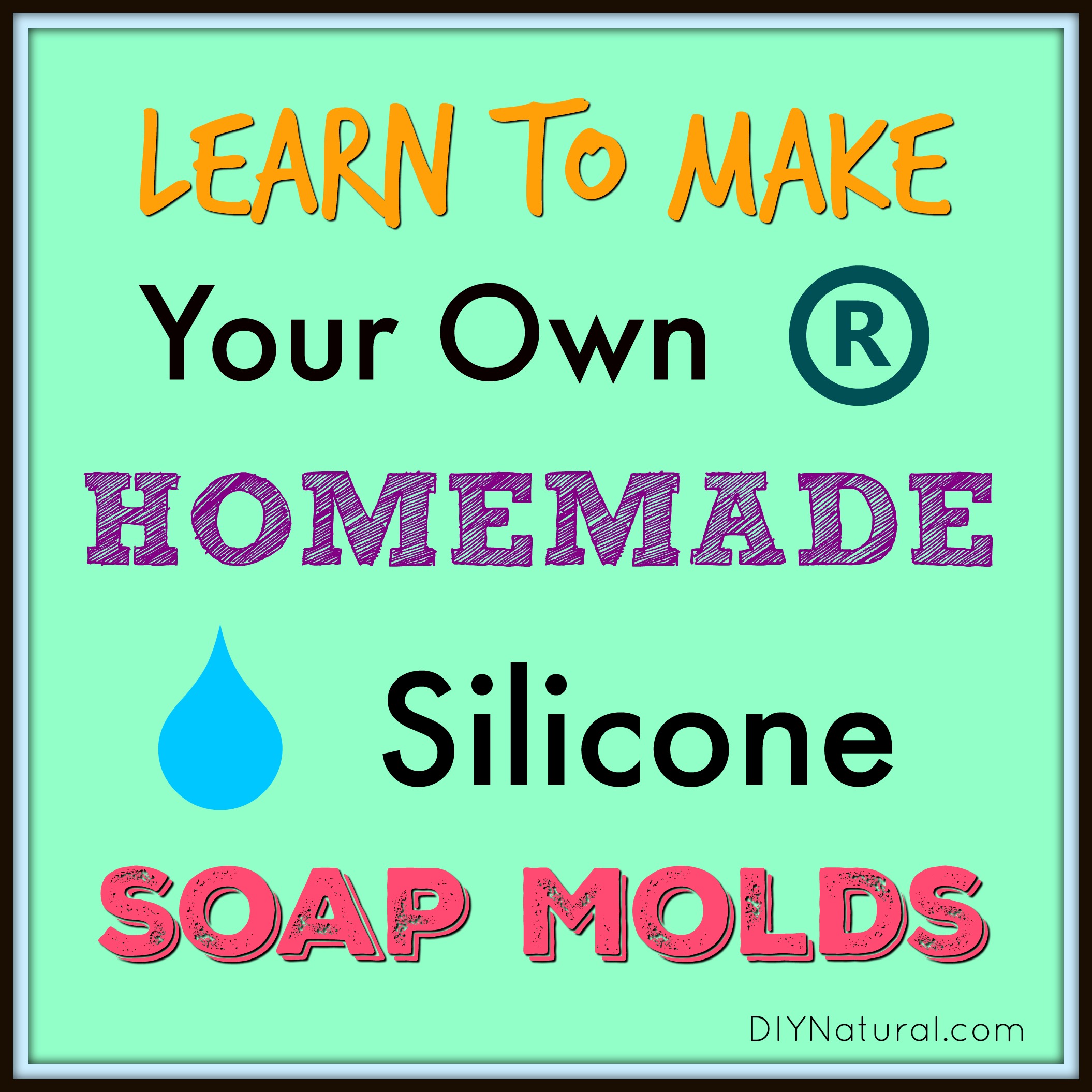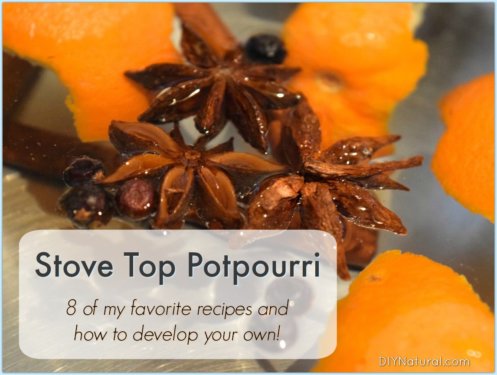
It’s clear to everyone who knows me that I love to make handmade natural soap. Some even say I’m obsessed! I’ve been at this hobby for so long now that I wanted to experiment with more soap-related projects.
One item I always need for soap making is a good soap mold. I’m always in the market for unique molds, but they can be difficult to find, and often a little expensive.
Why Make Homemade Soap Molds
I’ve picked up a few really unique silicone soap molds here and there. Some have cost me $15-$25. And even though they last a very long time, I can only make one soap bar at a time with some of them. When I’m filling orders or getting ready for a show, I need to make a lot more in a short period of time.
If you choose to buy pre-made silicone molds, there are many manufacturers and hundreds of shapes and sizes. But don’t forget to factor in the time and money involved with shipping. I recently ordered a really neat mold that ended up arriving after six weeks(!) because it had to be shipped from China. I’d rather get things made closer to home, but there aren’t many to choose from.
Kits for making your own molds can be purchased online or in craft stores, but it’s really easy to make your own!
Homemade Soap Molds from Silicone
There are two ways to make homemade soap molds from silicone. Both involve some work and time. Always work in a well ventilated area because the silicone will give off fumes, not unlike vinegar. You can use clear or colored silicone.
Method #1
Ingredients & Supplies:
- 2-3 cups warm water
- ¼ cup liquid soap
- silicone – like used for caulking (find it here or in most hardware stores)
- glass bowl
- rubber gloves
Instructions:
- Stir the soap into the water. Squeeze enough silicone into the bowl for the project you have in mind. (Example: If you want to make a sea shell mold, you’ll need enough silicone to cover the mold at about ¼ inch thick, and a bit extra for overlap on the sides.)
- Using gloves, pick up the mound of silicone and squeeze together. It will become like loose rubber within a few seconds. Knead the silicone until it forms a ball.
- Flatten out on a clean surface to just larger than the object you are molding. Firmly press the mold form (in this case, the sea shell) into the silicone. Leave for at least 12 hours.
- When the silicone is cured, peel it off of the mold object. You can clean up any rough edges with a fine grit sandpaper. Wash the mold in case there is any dirt or debris on it, and dry well.
Method #2
This method is similar, but works with a dry component.
Ingredients & Supplies:
- approximately ½ cup cornstarch or arrowroot powder (or another starch of your choice)
- silicone (find it here)
- rubber gloves
Instructions:
- Lightly dust a clean surface with starch of your choice.
- Squeeze out enough silicone for making your mold. Sprinkle some starch over the top.
- Using gloves, work the starch into the silicone. It will be messy at first, but will come together after a few minutes. Add more starch if necessary. The consistency should be that of modeling clay. When it forms a ball, continue by following Steps 3 and 4 from Method #1 above.
Using Your DIY Silicone Mold
Using the mold is simple. Pour your soap base into the mold and wait. You can use a melt and pour soap base (like this), in which case you would wait until it cools completely to remove from molds. Or you can use a cold process soap base, pouring the base into molds and waiting for it to get hard enough to un-mold, usually overnight.
For really intricate DIY molds, you may want to lightly coat the inside of the mold with oil so your soap picks up all the small details and un-molds easily.
Cleaning DIY Silicone Molds
Clean your molds using warm water. This is usually enough since you were working with soap in the first place. If you used an oil, you may need a bit of liquid soap to clean the oil out. Don’t leave it, it may become rancid over time and be difficult to remove.
Storing DIY Silicone Molds
I store my molds in a plastic storage box. I have a few that are tacky and some that are drier. They can all be stored together. The tackier ones can be coated with a light dusting of cornstarch or other starch. Just be sure to wash starch off and dry well before using.
Silicone molds are fun and easy to make. Have you ever wanted a unique shape or design you couldn’t find? Will you make your own now?
*******




This is great, we never knew that this could be possible. We actually went out to a local carpenter at a wood workshop to make custom sized soap molds. They were rather cheap for the durability and quality we got. Which is more effective, wood or silicon? We have used both, and found the silicon to be easier to use to demold. The wood molds need parchment paper, and the soap mold is harder to get out, but they seem to keep the soap log within a rectangular shape, and dont curve outwards from the sides. The silicon mold tends to curve.. So we are not sure which to stick with.
Maybe I’m just being stupid, but if you already HAVE the molds to mold, why do you need to? Plus,you mention that you need more than ONE to make batches of soap, so why do you only have ONE ‘shell’ shape?
I am not trying to be snarky, but it doesn’t make a lot of sense to me if your issues are what you state in the article. Just trying to understand!
This looks interesting anyway.
Do you know if silicon molds you buy (like on Amazon) are made using hardware silicon, too? Or is it a food grade product. And how might you get the food grade stuff? I would want to make edibles from them, as well.
This is great post. I was looking for this information frome quite a while. Thanks for sharing the method and tips for making the DIY soap molds
Thanks Amanda! I love making my own molds. It gives me a chance to make odd shapes like sea shells and wood branches. Let your creativity roll!
Would you be able to use these for cooking too like as chocolate/candy molds or for cupcakes/ cookies or would you suggest not using them for edibles?
I’m not sure if this has ever been tested for using for edible foods Vanessa, so I would steer clear of this use. Silicone should be safe for most things, but I can’t verify it. Does anyone else out there know?
Have you figured out a way of making a tray of molds? I can’t imagine making one mold at a time or trying to make soap one bar at a time. I am very excited about making some of these molds. Thank you so much for all your work.
You sure can, Gail! Find a form that you want to use and make sure it’s clean. Then make up your silicone and apply it to the outside of the bottom of the container. Be sure to get it all covered because if there are any leaks, you can’t go back and fix them later because silicone won’t bond to silicone. Let this dry overnight, wash and dry well and use. With a large mold like this, be sure to use something stable underneath, like an old cookie tray.
Thank you Debra. Love all your recipes! Keep them coming.